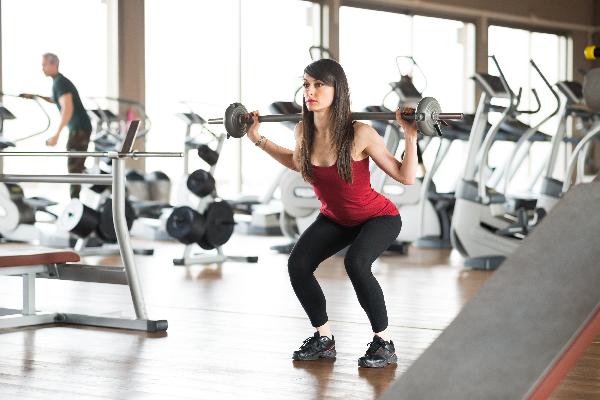You've probably heard the phrase "engage your core" thrown around in fitness classes, personal training sessions, or even from that one friend who's way too into Pilates. But what does it actually mean? And more importantly, how do you actually do it? Let's break it down in a way that doesn't make you feel like you're back in high school anatomy class.
The Core: More Than Just Abs
First things first—your core isn’t just your six-pack (or the hopeful beginnings of one). It’s a whole system of muscles working together like a well-oiled machine to keep you stable, strong, and injury-free. Think of it as your body’s built-in weight belt. When you engage your core properly, you’re activating multiple muscle groups—not just the ones you can see in the mirror.
Why Core Engagement Matters
Engaging your core isn’t just about looking good in a crop top (though, hey, that’s a nice bonus). A strong, engaged core helps with everything from lifting heavy grocery bags to nailing that yoga pose you’ve been struggling with. It also plays a huge role in preventing injuries, especially in your lower back. If your core isn’t doing its job, other muscles have to pick up the slack—and that’s when things start to hurt.
How to Actually Engage Your Core
Here’s where things get real. Engaging your core isn’t about sucking in your stomach like you’re trying to fit into last year’s jeans. It’s about creating tension from the inside out. Here’s how to do it right:
Step 1: Find Your Breath
Start by lying on your back with your knees bent. Place one hand on your belly and take a deep breath in. As you exhale, imagine drawing your belly button toward your spine—but don’t hold your breath. You should still be able to breathe normally while keeping that gentle tension in your abs.
Step 2: Connect With Your Pelvic Floor
Your pelvic floor is part of your core too, so don’t ignore it. Think of it like a hammock supporting your organs. To engage it, imagine you’re trying to stop the flow of urine midstream (but don’t actually do this while peeing—just visualize it). Combine that with the belly-button-to-spine action, and you’ve got a fully engaged core.
Step 3: Take It to All Fours
Once you’ve got the hang of it lying down, try it on your hands and knees. This position forces your core to work against gravity, making it easier to feel the engagement. Keep your back flat like a tabletop and focus on maintaining that tension as you move.
Step 4: Apply It to Everyday Movements
Now that you know what it feels like, start incorporating core engagement into your daily life. Whether you’re picking up a toddler, carrying groceries, or just sitting at your desk, keeping your core engaged will help you move more efficiently and protect your spine.
Common Mistakes (And How to Fix Them)
Even fitness pros get this wrong sometimes. Here are a few pitfalls to avoid:
Holding Your Breath
If you’re turning red in the face while trying to engage your core, you’re doing it wrong. Breathing should remain steady—no breath-holding allowed.
Over-Relying on Your Rectus Abdominis
That six-pack muscle is great for crunches, but true core engagement comes from the deeper muscles like the transverse abdominis. Focus on drawing in rather than crunching forward.
Forgetting About Alignment
Your shoulders, ribs, and pelvis all play a role in core engagement. If your posture is off, your core won’t fire correctly. Keep everything stacked and aligned for maximum efficiency.
Core Workouts That Actually Work
Now that you know how to engage your core, let’s put it to work. Here are some of the best exercises to strengthen your entire core—not just the surface-level muscles.
Dead Bugs
Lie on your back with your arms and legs in the air, knees bent at 90 degrees. Slowly lower one arm and the opposite leg toward the floor while keeping your core engaged and your lower back pressed into the mat. Alternate sides.
Planks (But Make Them Functional)
Forget holding a plank for five minutes with terrible form. Instead, focus on quality over quantity. Keep your core engaged, hips level, and avoid sagging or hiking your butt up.
Pallof Press
This underrated exercise forces your core to resist rotation, which is key for real-world strength. Attach a resistance band to a sturdy object, stand sideways, and press the band straight out from your chest without letting your torso twist.
Final Thoughts
Engaging your core isn’t just a fitness buzzword—it’s a fundamental skill for moving well in everyday life. Whether you’re lifting weights, chasing after kids, or just trying to stand up straight after a long day at your desk, a strong, engaged core makes everything easier. So next time someone tells you to "engage your core," you’ll know exactly what to do—and why it matters.
























